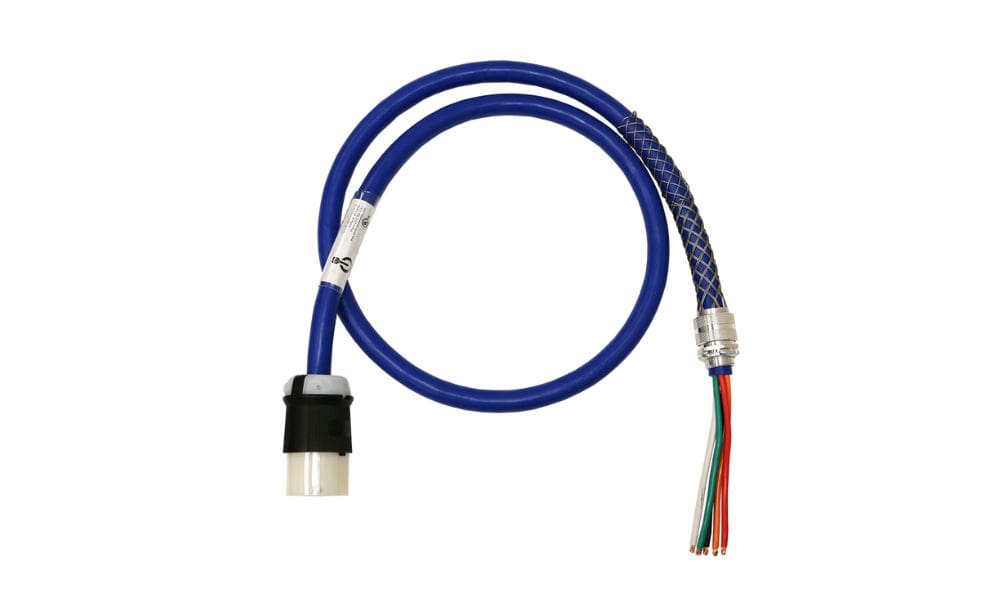
It is essential to have a good understanding of different types of power cords when managing or improving a data center. SO and SOW are prominent cords with multiple uses but distinct differences that benefit you. Learn about the differences between SO and SOW power cords and how either may improve your data center.
What Is the SO Power Cord?
Service cord (SO cord) is a high-quality flexible cord made for indoor and outdoor use. The letters “S” and “O” stand for service and oil-resistant, and the cord comes with stranded bare copper conductors insulated with EPDM Synthetic Rubber. The rubber insulation makes it more durable and resistant to extreme weather conditions, chemicals, and abrasion.
Commonly used in industrial applications, SO cords come in sizes ranging from 18 AWG to 2 AWG with two or more conductors. These cords are ideal for temporary power applications such as stage lighting, sound systems, and construction sites.
What Is the SOW Power Cord?
SOW stands for service, oil, and water-resistant. SOW power cords come with a jacket made of thermoset rubber cordage, providing better resistance to outdoor conditions and certain chemicals, such as oils and solvents.
Similar to the SO electrical cords, SOW cords come in sizes ranging from 18 AWG to 2 AWG with two or more conductors, depending on the model. SOW cords are suitable for hot tubs, swimming pools, portable outdoor equipment, and other harsh outdoor environments.
Differences Between SO and SOW Power Cord
These power cords may look alike, but they have some significant differences. The most noticeable difference between SO and SOW cords is the insulation material. While SO cords have EPDM synthetic rubber insulation, SOW cords have thermoset rubber insulation.
Moreover, while both cords resist weather and chemical exposure, SOW cords are ideal for harsher outdoor environments, mainly due to their jackets. SOW cords withstand more extreme weather conditions where greater flexibility is needed.
Advantages of SO and SOW Cords
Both SO and SOW cords provide significant advantages to users. Both are very flexible, making them suitable for use in tight spaces. They are also resistant to abrasion, chemicals, and UV rays. Additionally, the cords withstand extreme temperatures without compromising their integrity.
The thermoset rubber insulation used in SOW cords offers additional benefits, such as increased resistance to water and certain oils and solvents. If you intend to use a power cord in a harsh environment exposed to oil and chemicals, SOW cords are a better option.
Understanding the various power cords available in the market is essential when debating the right options for your electrical needs. SO and SOW cords have significant differences and advantages to consider when selecting the right ones for your power applications. Investing in high-quality power cords ensures safety for your equipment and data and saves you from unnecessary downtime, repairs, and replacement costs.
